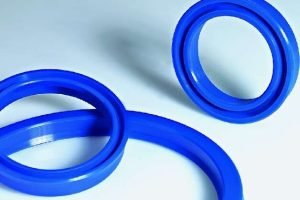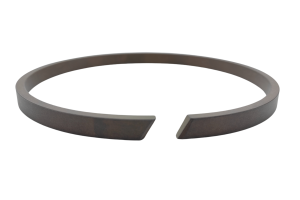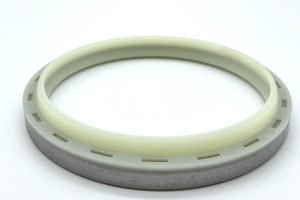Polytetrafluoroethylene (PTFE)is a polymer obtained by polymerizing tetrafluoroethylene as a monomer. It is widely used in various industries because of its excellent properties such as chemical resistance and low friction. But it also has some limitations, such as poor wear resistance under special conditions. In order to change these limitations, modified polytetrafluoroethylene materials have been developed. In the following article, you will learn what modified polytetrafluoroethylene is, its characteristics, and application areas.
Table of Contents
ToggleWhat is Modified PTFE?
Modified polytetrafluoroethylene (modified PTFE) is a high-performance plastic material with excellent corrosion resistance, wear resistance, and high-temperature resistance. It is a special plastic material that changes the physical and chemical properties of polytetrafluoroethylene molecules by modifying them. In addition to inheriting the performance of polytetrafluoroethylene, modified polytetrafluoroethylene also has better performance in friction, dimensional stability, mechanical strength, gray value, wear resistance, and other aspects.
What is TFM sealing material?
TFM is a composite fiber material, a PTFE modified material made of PTFE with less than 1% additives added, and it belongs to modified PTFE. Melting point: 320-340℃. In addition to all the advantages of PTFE, there are some noteworthy improvements in properties: less deformation under high temperature and high pressure, less permeability, better recovery under high temperature and pressure, and very high surface finish.
Filling modification
In order to improve the comprehensive performance of PTFE, filling modification is an ideal modification method. Filling is divided into inorganic filling and organic filling. Common inorganic filling materials include glass fiber (GF), Cu, SiO₂, etc.; organic filling materials include polyetheretherketone (PEEK), polyimide (PI), γ-phthalimide-α-hydroxybutyric acid (PHBA), fluorinated ethylene propylene copolymer (FEP), etc.
Surface modification
(1) Surface chemical modification: Song et al. used DA solution (dopamine dissolved in hydrochloric acid hydroxymethylaminomethane buffer) to modify the PTFE membrane.
(2) Surface physical modification: Ma et al. used a solar radiation simulator to conduct radiation tests on PTFE block and film samples and studied the wettability and tribological properties of the samples before and after radiation.
Sarani et al. used Ar and Ar+CO₂ plasma to modify the surface of PTFE. The results showed that the plasma modification time would affect the chemical composition and morphology of PTFE.
Diamond-like carbon (DLC) film has the characteristics of high hardness and low friction and wear and is an ideal coating for protecting the surface of materials. It is reported that DLC film can be used for surface modification of polymer materials.
Characteristics of Modified PTFE
Modified polytetrafluoroethylene has excellent corrosion resistance, wear resistance, low temperature resistance, and high temperature resistance. The main characteristics are as follows:
1. Good corrosion resistance: Modified polytetrafluoroethylene has good acid resistance, alkali resistance and corrosion resistance, and can be used for a long time in harsh chemical environments.
2. Good wear resistance: The material exhibits excellent wear resistance and friction resistance, especially in high-speed equipment.
3. Good high temperature resistance: Modified polytetrafluoroethylene has good high temperature resistance and can be used for a long time in high temperature environment. The temperature resistance range is usually between -100℃ and 260℃.
Modified PTFE Application Fields
Modified polytetrafluoroethylene has a wide range of applications, including chemical, aerospace, electronics, medical, and other industries. For example:
1. Chemical industry: Modified polytetrafluoroethylene can be used to manufacture corrosion-resistant equipment and components such as storage tanks, pipes, valves, etc.;
2. Aerospace industry: Modified polytetrafluoroethylene can be used to manufacture aircraft bearings, seals, antioxidant glue and other components;
3. Electronics industry: Modified polytetrafluoroethylene can be used to manufacture printed circuit boards, electronic packaging, machine parts, etc.;
4. Medical industry: Modified polytetrafluoroethylene can be used to manufacture medical devices, medical plastic films, artificial organs, etc.
[Conclusion] Modified polytetrafluoroethylene is a high-performance plastic material with excellent corrosion resistance, wear resistance and high-temperature resistance. It is widely used in chemical, aerospace, electronics, medical and other fields.








